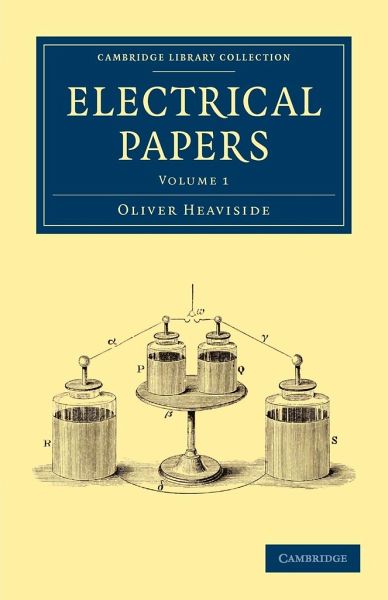
Electrical Papers - Volume 1
Versandkostenfrei!
Versandfertig in 1-2 Wochen
67,99 €
inkl. MwSt.

PAYBACK Punkte
34 °P sammeln!
The publication of Electrical Papers in 1892 established Heaviside (1850 1925) as an authority on electromagnetic theory, telegraphy and telephony.




